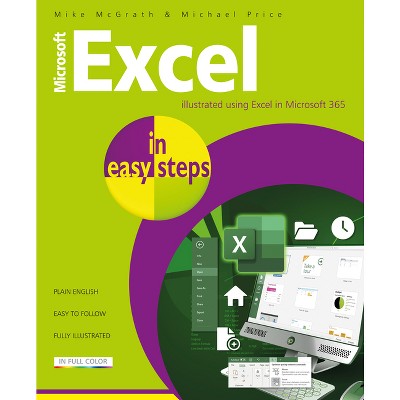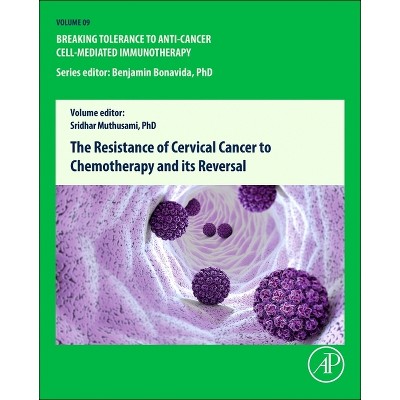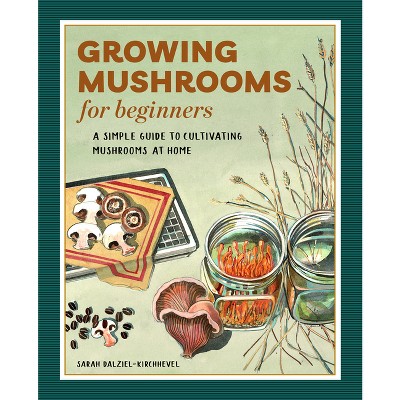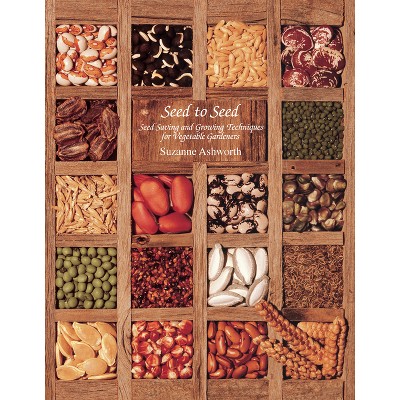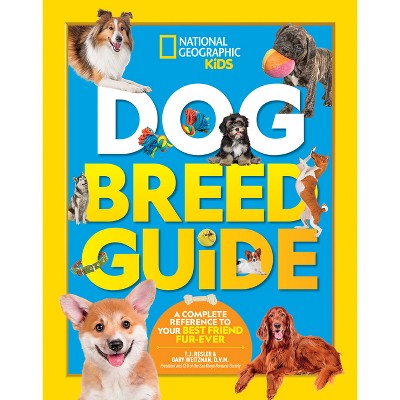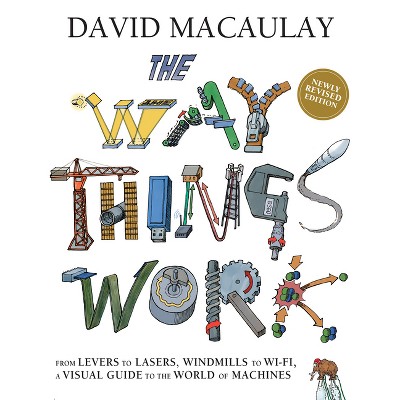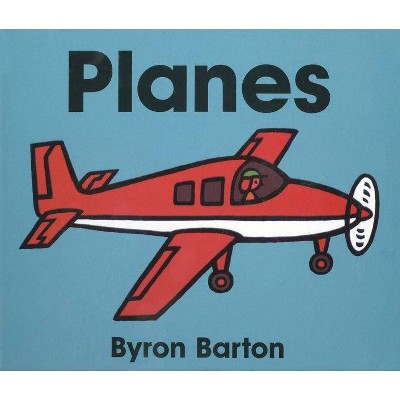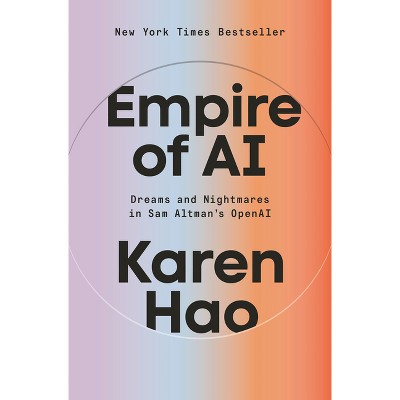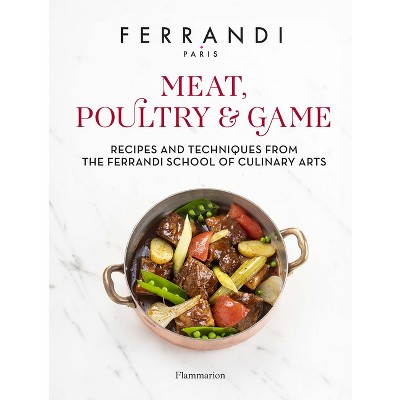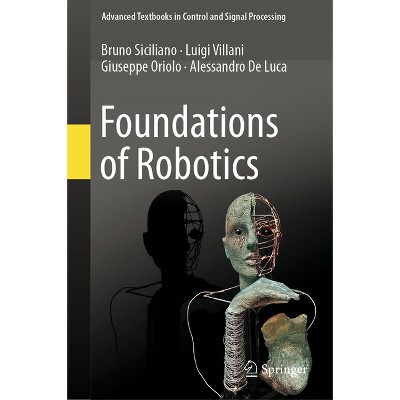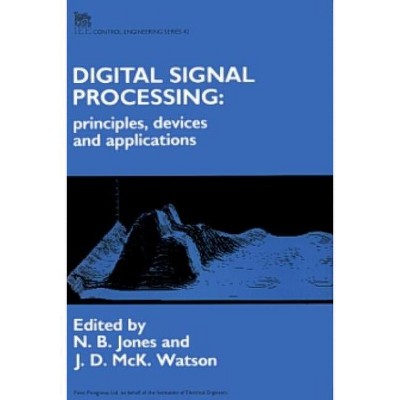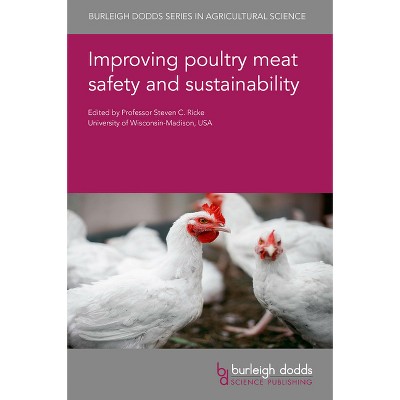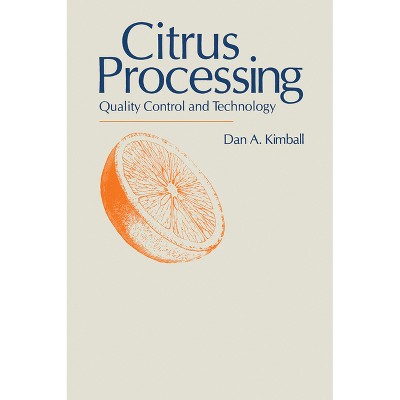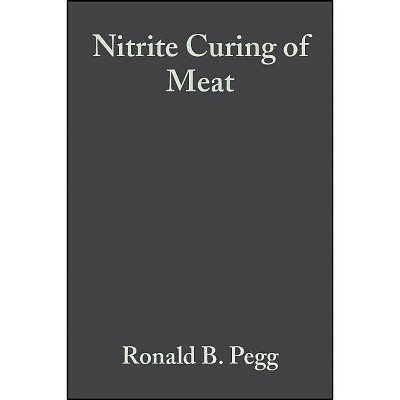Sponsored

Robotics in Meat, Fish and Poultry Processing - by Khodabandehl (Hardcover)
$99.00
In Stock
Eligible for registries and wish lists
Sponsored
About this item
Highlights
- 1 Capabilities and potential of robotics.
- Author(s): Khodabandehl
- 228 Pages
- Technology, Food Science
Description
Book Synopsis
1 Capabilities and potential of robotics.- 1.1 Robotic technology and capability.- 1.2 Current robotic devices in use in the food sector.- 1.3 Production of primal cuts from carcasses.- 1.3.1 Manual methods for pig and sheep butchery.- 1.3.2 Primal cuts and the need for automation.- 1.3.3 Robotics and vision integration for the production of primal cuts.- 1.3.4 Automatic handling and constraints in manipulation.- 1.3.5 System trials and successes in automated production of primal cuts.- 1.4 Concluding remarks.- References.- 2 Fish processing using computer vision and robots.- 2.1 Introduction.- 2.2 Current procedures in fish processing.- 2.2.1 Work procedure.- 2.2.2. Production control.- 2.3 Implementation aspects.- 2.3.1 Fish characteristics.- 2.3.2 Image acquisition.- 2.3.3 Computer vision algorithms.- 2.3.4 Robotic manipulator.- 2.3.5 End-effectors.- 2.3.6 The environment.- 2.4 Robotic and vision systems in use for fish processing.- 2.4.1 Vision systems.- 2.4.2 Robots.- 2.5 New applications and technological needs.- 2.5.1 Handling.- 2.5.2 Sorting.- 2.5.3. Inspection.- 2.6 Concluding remarks.- References.- 3 Robotics and the poultry processing industry.- 3.1 Introduction.- 3.2 The typical poultry processing operation.- 3.3 Issues impacting the potential for robotics in poultry processing.- 3.4 Evolution of automation in processing plants.- 3.5 Traypack workcell.- 3.5.1 Manual operation.- 3.5.2 Cell design.- 3.5.3 System programming/path planning.- 3.5.4 End-effector design.- 3.5.5 Discussion.- 3.6 Parts transfer/loading workcell.- 3.6.1 Current operation.- 3.6.2 Workcell design.- 3.6.3 Gripper design.- 3.6.4 Software design/programming.- 3.6.5 Cycle time optimization.- 3.6.6 Grip reliability.- 3.6.7 Discussion.- 3.7 Vision for quality and machine control.- 3.7.1 Introduction.- 3.7.2 Grey-scale analysis.- 3.7.3 Color analysis.- 3.7.4 Machine guidance.- 3.7.5 Discussion.- 3.8 Future directions and development needs.- References.- 4 Robotic packaging of poultry products.- 4.1 Introduction.- 4.2 The end-effector.- 4.2.1 Parallel action base.- 4.2.2 Finger assemblies.- 4.3 The vision system.- 4.3.1 Object recognition.- 4.3.2 Recognition algorithms.- 4.3.3 Comparison of recognition algorithms.- 4.4 Vision system software.- 4.4.1 Training and recognition.- 4.4.2 Sensitivity.- 4.4.3 Grey-scale resolution.- 4.4.4 Threshold setting.- 4.4.5 Bruise detection.- 4.5 Robot system integration.- 4.6 Poultry weight saving simulation.- 4.6.1 The product type simulated.- 4.6.2 FWFP production without a picking strategy.- 4.6.3 FWFP production using a picking strategy.- 4.6.4 Results of the simulation programs.- 4.6.5 Refinement of the picking strategy.- 4.7 Conclusions.- Acknowledgements.- References.- 5 Robotic cutting of beef and deboning.- 5.1 Introduction.- 5.2 Robotic butchery system requirements.- 5.3 Butchery system operation scheme.- 5.3.1 Forequarter clamping.- 5.3.2 Cutting scheme.- 5.3.3 Forequarter database (FQDB).- 5.3.4 Cutting devices.- 5.3.5 Cutting trials.- 5.3.6 Cutting control algorithm.- 5.4 Further work.- 5.5 Conclusions.- Acknowledgements.- Appendix 1: Cutting scheme definition.- Appendix 2: Forequarter measurement points.- References.- 6 Automation in the production of pork meat.- 6.1 Processes in pig carcass production and handling.- 6.1.1 Handling and stunning.- 6.1.2 Sticking, bleeding and surface treatment.- 6.1.3 Evisceration and trimming.- 6.1.4 Meat inspection and carcass classification.- 6.1.5 Chilling, selection and further processing.- 6.2 Current trends in mechanisation and automation in the pork industry.- 6.2.1 Single process automation.- 6.2.2 Transport and handling automation.- 6.2.3 Integrated systems.- 6.3 Potential for improving quality by automation.- 6.3.1 Welfare and meat quality.- 6.3.2 Hygiene and process control.- 6.3.3 Potential for classification technology.- 6.4 Automatic grading system and description of a current system in use.- 6.4.1 Measurement of anatomical dimensions.- 6.4.2 Probe posit...Dimensions (Overall): 9.21 Inches (H) x 6.14 Inches (W) x .56 Inches (D)
Weight: 1.1 Pounds
Suggested Age: 22 Years and Up
Number of Pages: 228
Genre: Technology
Sub-Genre: Food Science
Publisher: Aspen Publishers
Theme: General
Format: Hardcover
Author: Khodabandehl
Language: English
Street Date: December 31, 1995
TCIN: 1006473387
UPC: 9780751400878
Item Number (DPCI): 247-18-3837
Origin: Made in the USA or Imported
If the item details aren’t accurate or complete, we want to know about it.
Shipping details
Estimated ship dimensions: 0.56 inches length x 6.14 inches width x 9.21 inches height
Estimated ship weight: 1.1 pounds
We regret that this item cannot be shipped to PO Boxes.
This item cannot be shipped to the following locations: American Samoa (see also separate entry under AS), Guam (see also separate entry under GU), Northern Mariana Islands, Puerto Rico (see also separate entry under PR), United States Minor Outlying Islands, Virgin Islands, U.S., APO/FPO
Return details
This item can be returned to any Target store or Target.com.
This item must be returned within 90 days of the date it was purchased in store, shipped, delivered by a Shipt shopper, or made ready for pickup.
See the return policy for complete information.
